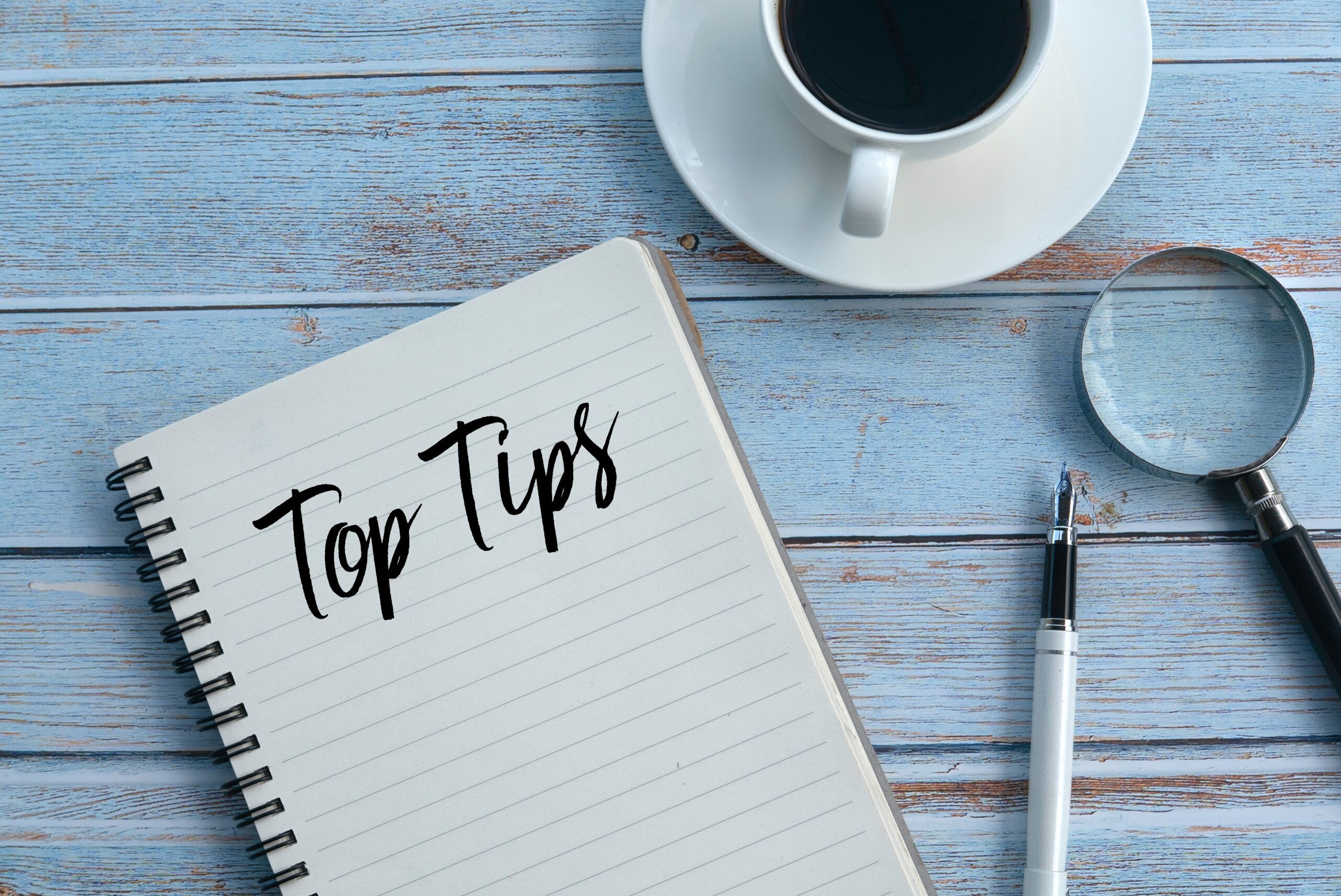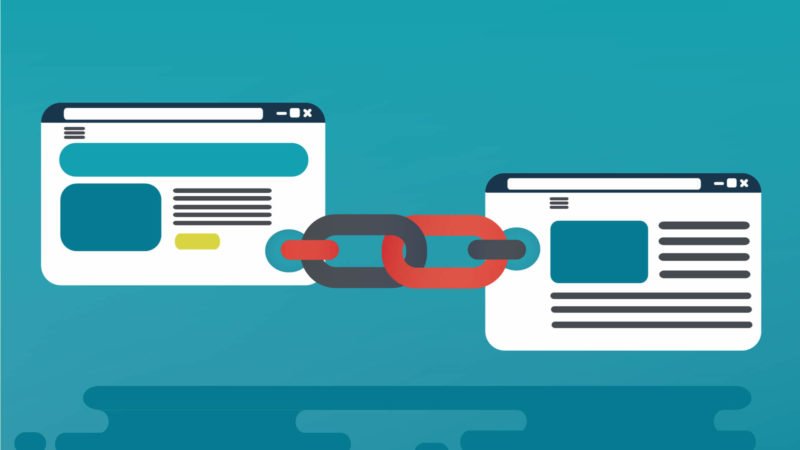Today, we’re going to jump right into the core of SEO and explore one of its most effective—yet sometimes underutilized—tools: internal linking. If you’ve ever wondered how to boost your online presence, keep reading because we’re about to reveal the tricks to efficient internal linking and explain why it’s so essential to the success of your website.
Why Internal Linking, You Ask?

Let’s start with the basics. Internal linking is the art of connecting one page of a website to another page on the same site through clickable text, also known as hyperlinks. While it might seem like a small detail in the vast universe of SEO, internal linking plays a pivotal role in enhancing user experience, improving site navigation, and boosting your website’s visibility on search engines.
Enhanced User Experience
Imagine wandering through a maze without signposts. Frustrating, right? The same goes for your website visitors. Internal links act as beacons, guiding users seamlessly from one page to another. By providing relevant links within your content, you’re not only keeping your visitors engaged but also making it easier for them to find valuable information. This enhanced user experience translates into longer page visits, decreased bounce rates, and higher chances of conversions.
Improved Site Navigation
Search engines love websites that are easy to navigate. When your site is interlinked thoughtfully, search engine crawlers can effortlessly explore and index your pages. This means more of your content gets discovered and displayed to users in search results. Plus, it boosts your site’s authority, signaling to search engines that your content is reliable and worth promoting.
Boost Your SEO Game

Now, let’s talk keywords – those magic words that lead the right audience to your digital doorstep. When you strategically use internal links with keywords like “SEO expert company,” “SEO consultant Toronto,” or “SEO agency Toronto,” you’re sending a powerful signal to search engines about the relevance and importance of the linked pages. This, in turn, can significantly improve your website’s rankings for these keywords, driving organic traffic your way.
Crafting Effective Internal Links
So, how can you make the most out of internal linking? Here are a few tips from the pros:
Choose Relevant Anchor Text:
Your anchor text (the clickable words in a hyperlink) should be descriptive and relevant to the linked page. Instead of generic phrases like “click here,” opt for specific keywords related to the content.
Deep Linking:
Don’t limit your internal links to just the homepage. Dive deep into your website’s architecture and link to specific blog posts, product pages, or service offerings. The more links, the merrier!
Quality Over Quantity:
While quantity matters, quality is paramount. Focus on linking to high-quality, authoritative pages within your website. This not only improves user experience but also enhances your site’s credibility in the eyes of search engines.
The Road Ahead: Mastering the Art of Internal Linking
Now that you understand the importance of internal linking, let’s delve deeper into the practical aspects of this SEO strategy. Here are some advanced techniques to help you master the art of internal linking and take your website to the next level:
-
Create Pillar Content:
Develop comprehensive, in-depth articles or guides on core topics related to your business. These pillar pieces should cover all aspects of a particular subject and serve as the foundation for your internal linking strategy. Within these pillars, strategically place links to other relevant articles or services, maximizing the chances of user engagement.
-
Utilize SEO Tools:
Leverage SEO tools like Google Analytics and Google Search Console to identify high-performing pages and keywords on your website. By understanding which pages are already driving traffic, you can create internal links from these pages to other relevant sections, distributing the SEO value and boosting the visibility of other parts of your site.
-
Implement Contextual Links:
Context matters. Instead of placing links randomly, integrate them naturally within the context of your content. If you’re discussing the benefits of SEO expert company Toronto, for instance, seamlessly insert a link to your “SEO expert company Toronto” page within the content. This contextual relevance enhances user experience and encourages click-throughs.
-
Regularly Audit Your Links:
Your website evolves, and so should your internal linking strategy. Regularly audit your internal links to ensure they are still relevant and lead to active, valuable content. Broken or irrelevant links can harm user experience and your SEO efforts. Use online tools to identify and fix broken links promptly.
-
Optimize for Mobile:
With the majority of internet users accessing websites via mobile devices, it’s crucial to optimize your internal links for mobile users. Ensure that your links are easily clickable on smaller screens, and the linked pages are mobile-friendly. User experience on mobile devices directly impacts your site’s SEO performance.
-
Encourage User Interaction:
Engage your audience by encouraging comments, discussions, and social media shares. When users interact with your content, they spend more time on your website, providing ample opportunities for internal linking. You can link to related blog posts or product pages based on user comments, creating a community-driven internal linking structure.
Expert Tips to Elevate Your Internal Linking Strategy

As you embark on your journey to master the art of internal linking, consider these expert tips that can take your strategy to the next level:
-
Balance Anchor Text Diversity:
While using target keywords as anchor text is essential, avoid over-optimization. Diversify your anchor text by using synonyms, variations, or even generic phrases occasionally. Natural, diverse anchor text profiles are more appealing to both users and search engines.
-
Mind the User Flow:
Understand the user’s journey on your website. Analyze which pages they visit first, what they do next, and where they drop off. Use this data to strategically place internal links, guiding users through a logical flow of information. This not only enhances user experience but also encourages conversions.
-
Optimize Page Load Speed:
Internal links won’t be effective if users abandon your site due to slow loading times. Optimize your website’s speed to ensure that users can navigate seamlessly. Compress images, minimize server requests, and leverage browser caching to enhance your site’s performance.
-
Implement Breadcrumbs:
Breadcrumbs are navigational aids that display the user’s location on your website. They not only improve user experience but also create additional internal linking opportunities. By linking category pages to specific articles or products, you enhance the overall structure of your website.
-
Utilize Related Posts Section:
Include a “Related Posts” section at the end of your articles. This feature automatically suggests other relevant articles to readers, encouraging them to explore more content. By implementing this section, you create organic internal links and increase the chances of retaining visitors on your site.
-
Strategic Homepage Linking:
Your homepage is like a digital storefront. Strategically place internal links on the homepage to direct users to your key service offerings, best-selling products, or informative resources. These links should act as gateways, enticing users to explore deeper into your website.
-
Track and Analyze Performance:
Utilize tools like Google Analytics to track the performance of your internal links. Monitor metrics such as click-through rates, time spent on linked pages, and conversion rates. This data provides valuable insights into the effectiveness of your internal linking strategy, enabling you to make data-driven decisions.
-
Stay Updated with SEO Trends:
The world of SEO is ever-changing. Stay abreast of the latest trends, algorithm updates, and best practices. SEO forums, industry blogs, and reputable SEO websites are goldmines of knowledge. Adapting your internal linking strategy to align with current SEO trends ensures that your efforts remain effective and impactful.
Incorporating these expert tips into your internal linking strategy can elevate your website’s SEO game, driving organic traffic, enhancing user experience, and ultimately, boosting your online success. Remember, SEO is not a sprint; it’s a marathon. Stay patient, stay persistent, and your efforts will yield fruitful results.
Here’s to crafting a seamlessly interconnected digital landscape that captivates users, impresses search engines, and establishes your online presence as an authority in your niche.


